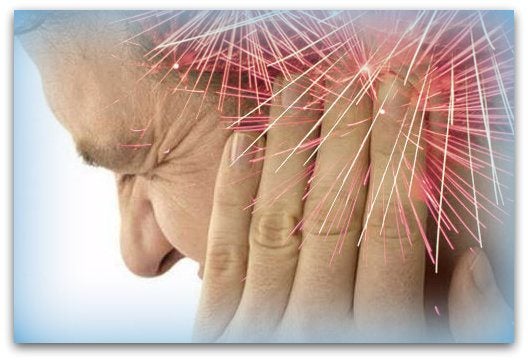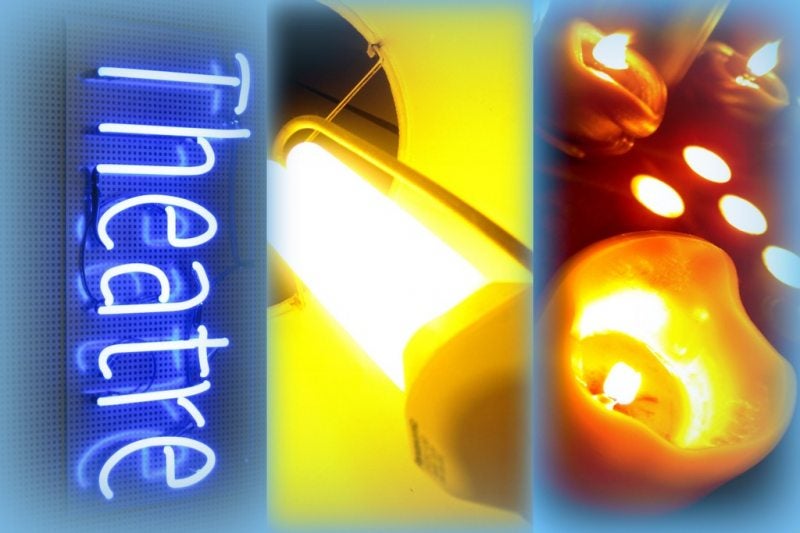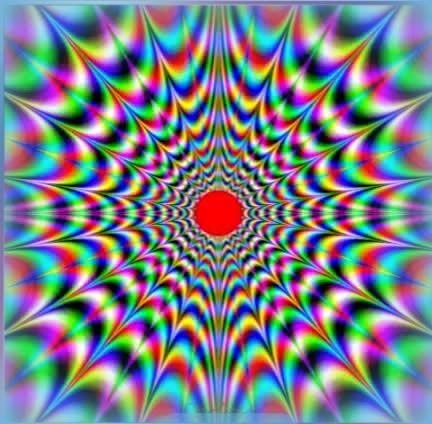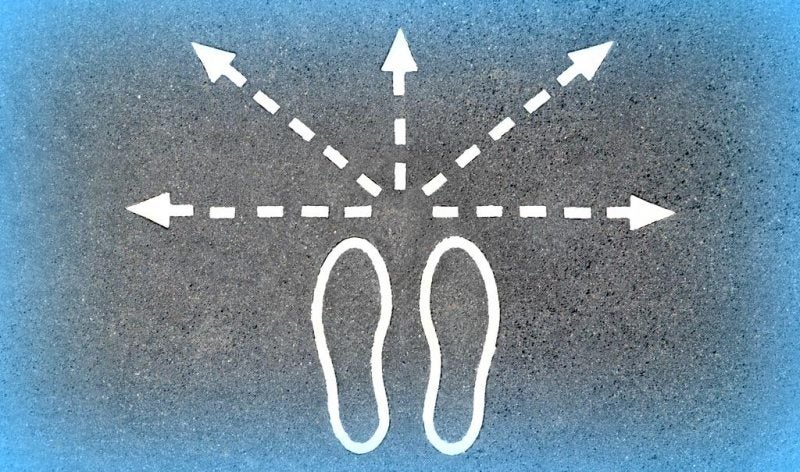Sensory over stimulation
Sensory over stimulation or 'Flooding' occurs after brain injury because the brain's 'filters' no longer work properly.
Many brain injury victims experience sensory overload of the brain.
By:
- sounds;
- image;
- light;
- feeling, to be touched, move, be moved, vibrations;
- odor (sense of smell);
- own thoughts;
- abundance of what is said or asked
Sensory over stimulation or 'Flooding' occurs after brain injury because the brain's 'filters' no longer work properly. It is an exhaustive situation if more pieces of information or stimuli are received than the brain can handle. A stimulus is information that we perceive through our senses; see, hear, smell, taste, touch (external stimuli) or through our mind or our body / proprioception (internal stimuli).
Two categories of overstimulation
- The form in which the boundary is immediately exceeded. For example, this happens with background noise. Result: direct overstimulation.
- The form in which stimuli pile up (like cars in a traffic jam) and at a certain moment they can no longer be processed.
Then there is overstimulation, with serious consequences.
For example, someone may hold out for ten minutes in a social gathering but then it is too much.
To prevent this from happening it is best to leave from the social gathering within ten minutes.
In over stimulation feelings of panic can prevail upon the brain-injured. The person may be sweating, have tremors, can be vomiting, and thinking is difficult.
These are the basic reactions of the body to survive in a situation that is perceived as very dangerous. It is also called the fight or flight response. One person is going to flee from the overstimulation of the noise or stimulus of the moment. The other person faints. Most of them cannot think anymore or are very upset first.
The basic emotion of fear and the ensuing responses are generated and directed by the amygdala. The amygdala is part of the oldest part of the brains, the limbic system. This system is a kind of emotional sentry. All that matters is survival. If there is danger, immediately adrenaline, noradrenaline and cortisol are released into the body to flight, fight or freeze.
 amygdala
amygdala
At the same time, the neo-cortex, also called the rational mind, will stop the mind from thinking. Because, after all, in threatening situations there is no time to decide what the best plan of action will be.
A rapid response of the amygdala thus ensures that we can avoid the danger before we realize that we find ourselves in such a situation.
On this page you will find some videos about this problem.
Summary: By over stimulation people are no longer able to rationally deal with the situation. Fear can prevail and the amygdala creates a fight-flight-or freeze reaction. After brain injury the processing of stimuli is often disrupted.
This often gives a brain fatigue/neurofatigue.
See our project on this topic in cooperation with The European Year of the Brain.
It is often said that it is all in your head
Unfortunately flooding /sensory over stimulation can't be seen, unless sometimes in some individuals signs like sweating or a red head...or people think that you are in panic, for it reminds them in a way of that.
It is not like in a Hollywood movie where victims of brain injury are knocked out and lay the rest of their life in a bed on machines. If you are not taken seriously by your insurance company or your relatives, friends or colleagues, they only have to read facts....perhaps this page will convince them that a lot of effects of acquired brain injuries are invisible. Or have them read the following fact sheet:
VIDEOS : sensory overstimulation
We created a special page with videos on different types of overstimulation.
Below you can find more information about the different types.
SOUNDS
Overstimulation by sounds occurs in background noise where the sounds cannot be cut out. Not being able to follow a conversation with multiple sounds. Noise intolerance. Irritation in rhythmic sounds, ticking of a clock or buzzing fluorescent lighting. Shoe steps on a wooden staircase or wooden floor, squeaky doors, etc.
Many complaints are reminiscent of or equal to hyperacusis. Hypersensitivity to sound. Many people also experience pain in sound.

PICTURE
Sensory overstimulation occurs when seeing patterns or colors. Seeing a variety of nice stuff at home. Letters that are too close to each other with no blank lines. Seeing movements, seeing moving hands or people who wiggle their legs but also seeing a multitude of people. Seeing a multitude of some objects. Seeing details like prints, shades, bricks etc.
Even seeing unordered higgledy-piggledy or 'for sale' articles can give too much stimuli for the brain to see it in a shop. Like a bargain basement, not stacked shopping baskets, etc., etc.

LIGHT
Sensory overstimulation by light occurs in reflected light, in certain lights (halogen! fluorescent lighting!), Backlight or changes of shadow and light while driving, bright light, lots of light, flickering candles etc.
Notorious is car driving on a road where are many trees and low standing sun behind the trees.


FEELING
Sensory overstimulation by feeling occurs in people who suffer from motion, touch, being moved, vibrations etc..
Pretty much as what you experience by watching these pictures:



SMELL
Sensory overstimulation by smell can come about by enhanced sense of smell and can include nature smells, food smells, natural odors, body odors, perfumes and deodorants (including nursing staff and caregivers!)

MULTITUDE OF THOUGHTS OR LISTENING TO WHAT IS BEING SAID

Chronic overstimulation
Chronic overstimulation is not healthy. It is pure stress.
The endocrine system changes (increased stress hormone level) and long-term chronic overstimulation also changes ones nervous system. Actually this can even make an individual more sensitive to overstimulation than he already was. Symptoms include physical symptoms like headaches, stomach problems, decreased resistance, disturbed sleep, extreme fatigue, or even depression, burnout or anxiety.
Please fill out our poll questionnaire on flooding, so that we can make solid statistics which we can use for scientific research and development of aid.
Medical background on overstimulation
Our perception takes place by:
- Senses
- Vision - seeing
- Auditory - hearing
- Tactile sense - feeling
- Olfactory sense - smelling
- Taste - tasting
- Nociception - sensation of pain
- Thermoception - feeling of heat or cold
- Sense of balance - balance
- Proprioception - body awareness
- Cognition – what we learn to know by the senses
- Percieve (basic cognition *)
- Attention and concentration (basic cognition)
- Thinking (basic cognition)
- Memory (basic cognition)
- Applying knowledge (basic cognition)
- Understand (basic cognition)
- Language skills (basic cognition)
- Assessing (metacognition)
- Reasoning skills (metacognition)
- Sense of reality (metacognition)
- Emotion (social cognition)
- Empathy (social cognition)
- Practical language skills (social cognition)
* For the difference between basic, meta- and social cognition, see our page on cognition
Sensory overstimulation is caused by:
- Damaged filtering
All stimuli, the important as well as the unimportant stimuli, enter with the same strength. They are not filtered.
- Detour = Delay
When stimuli of brain cells need to be guided around brain injury this causes a delay in the perception. This is not only the case with focal, localized injury, but also with diffuse injury that is spread across the brains. It also takes longer to interpret the stimuli. That is one of the causes for a person with brain injury to be flooded by stimuli. This is also called delayed information processing.
There is an abundance of stimuli in idle mode which cannot be processed. Just like a PC that crashes through having a slow processor.
- Fragmented perception
Many people with overstimulation by brain injury perceive every independent detail by hyper selection. It is difficult to see connections between details and to see, to oversee or to hear the whole.
This can occur both in the auditory and visual area. As long as there is one sound stimulus, the conversation is central and there is no music playing in the background, there is no problem with experiencing sound. However, in the case of buzz or loud noises in the background, the processing of auditory stimuli is not done properly.
This can also happen in the visual area. People cannot ignore details in the image. In the case of rain, they see each drop on the car's windscreen and the windscreen wiper. They see each individual in a group or every cobble on a cobblestone road.
- Distorted processing can cause overstimulation
- Non-synchronous processing of stimuli in the brains. Signals do not enter the brain area synchronously.
Low frequency noise
Some people have problems with low frequency noise. Read more about it: Noise and health
Some websites that may help to deal with the problem of flooding:
Reduce the Noise: Help Loved Ones with Sensory Overload Enjoy Shopping
Sensory Processing Resources